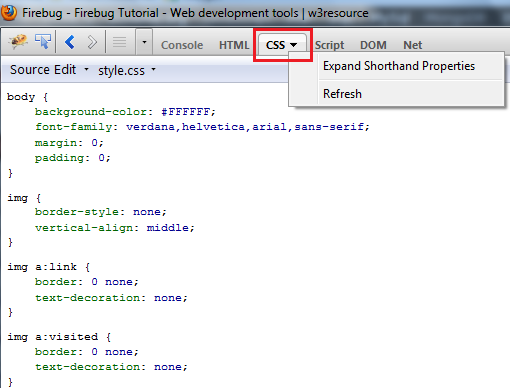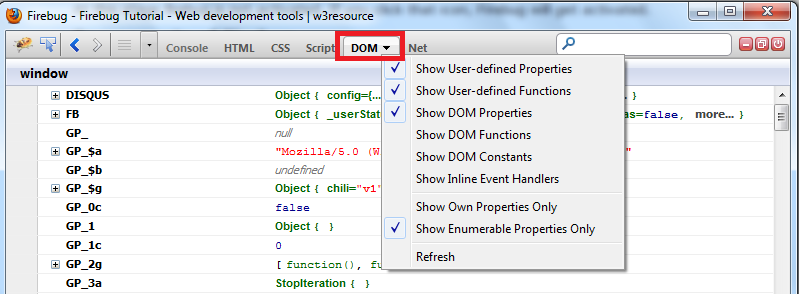

Services: dhcpv6-client http https ssh webmin You should see webmin is listed public (default) Once you reloaded firewalld, check to see if webmin is allowed on firewalld # firewall-cmd -zone=public -list-all Add Webmin service to public zone # firewall-cmd -permanent -zone=public -add-service=webmin Reload firewalld # firewall-cmd -reload Web-based interface for system administration for Unix Create a new firewalld service for webmin # nano /etc/firewalld/services/webmin.xml Then import Webmin’s PGP key into RPM’s key database # rpm -import Configure firewalld to allow WebminĬentOS 7 has adopted firewalld by default over the previous iptables, to make firewalld to work with Webmin you will have to configure your firewall to allow webmin. Before you install Webmin, there are a few dependencies you should install to your system first # yum -y install perl perl-Net-SSLeay openssl perl-IO-Tty

WebminThere are two way to install Webmin on CentOS 7, you can either download and install Webmin’s RPM package or install Webmin using the Webmin YUM repository. You can pretty much mange everything on your Centos 7 system remotely through Webmin like DNS, Apache, MySQL, DHCP, Network, Iptables, Firewall, Cron, etc… For someone who is new to Linux administration, a control panel like Webmin is a great start. Webmin is a great open source web based control panel for Linux. Back to our topic, I’m going to show you how to install Webmin on Centos 7 / RHEL 7. There are many new features in Centos 7 that Centos 6 does not have, but the way Centos 7 work is sort of different from Centos 6.

I have upgraded some of my systems from Centos 6 to Centos 7.


 0 kommentar(er)
0 kommentar(er)
